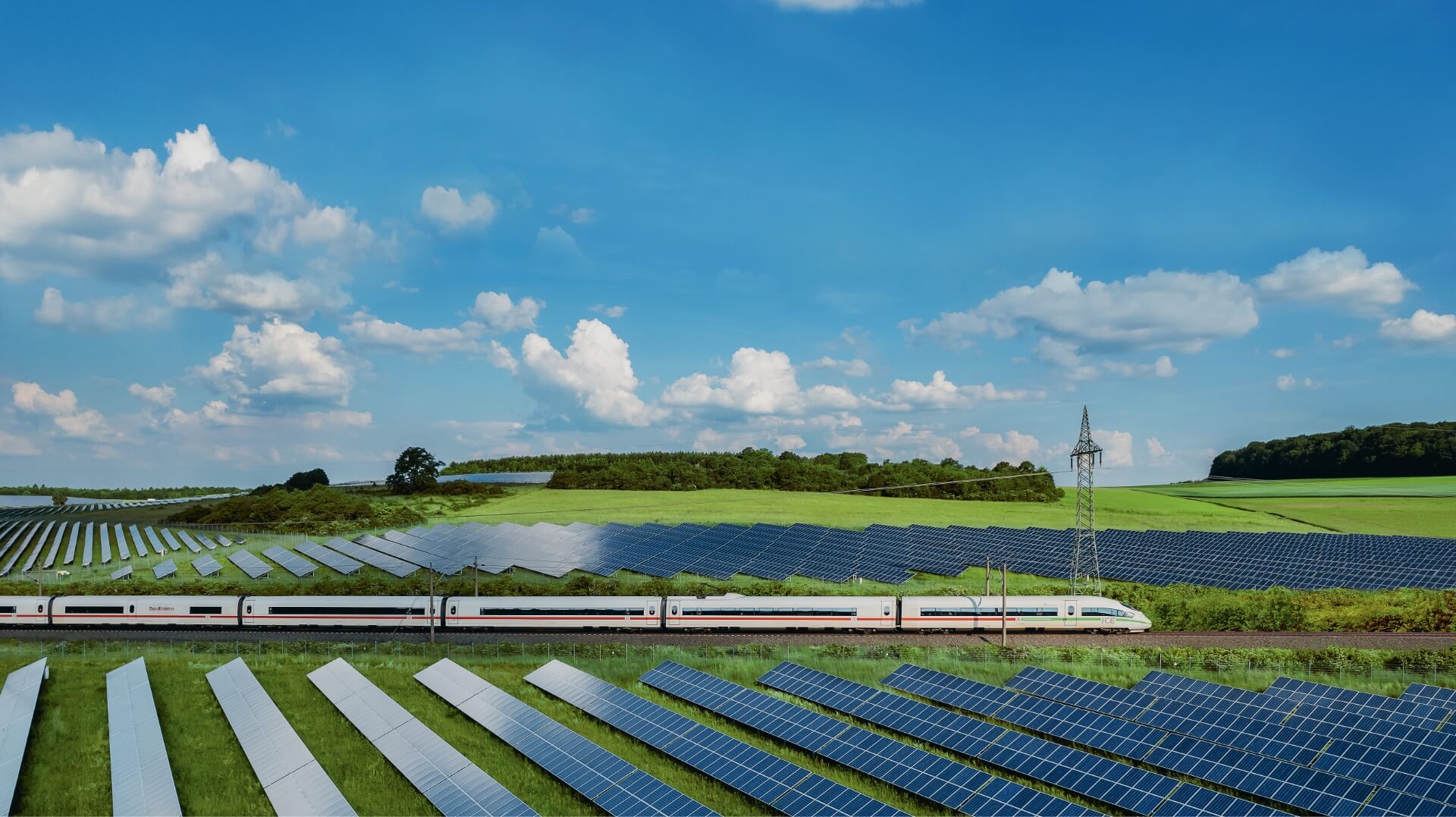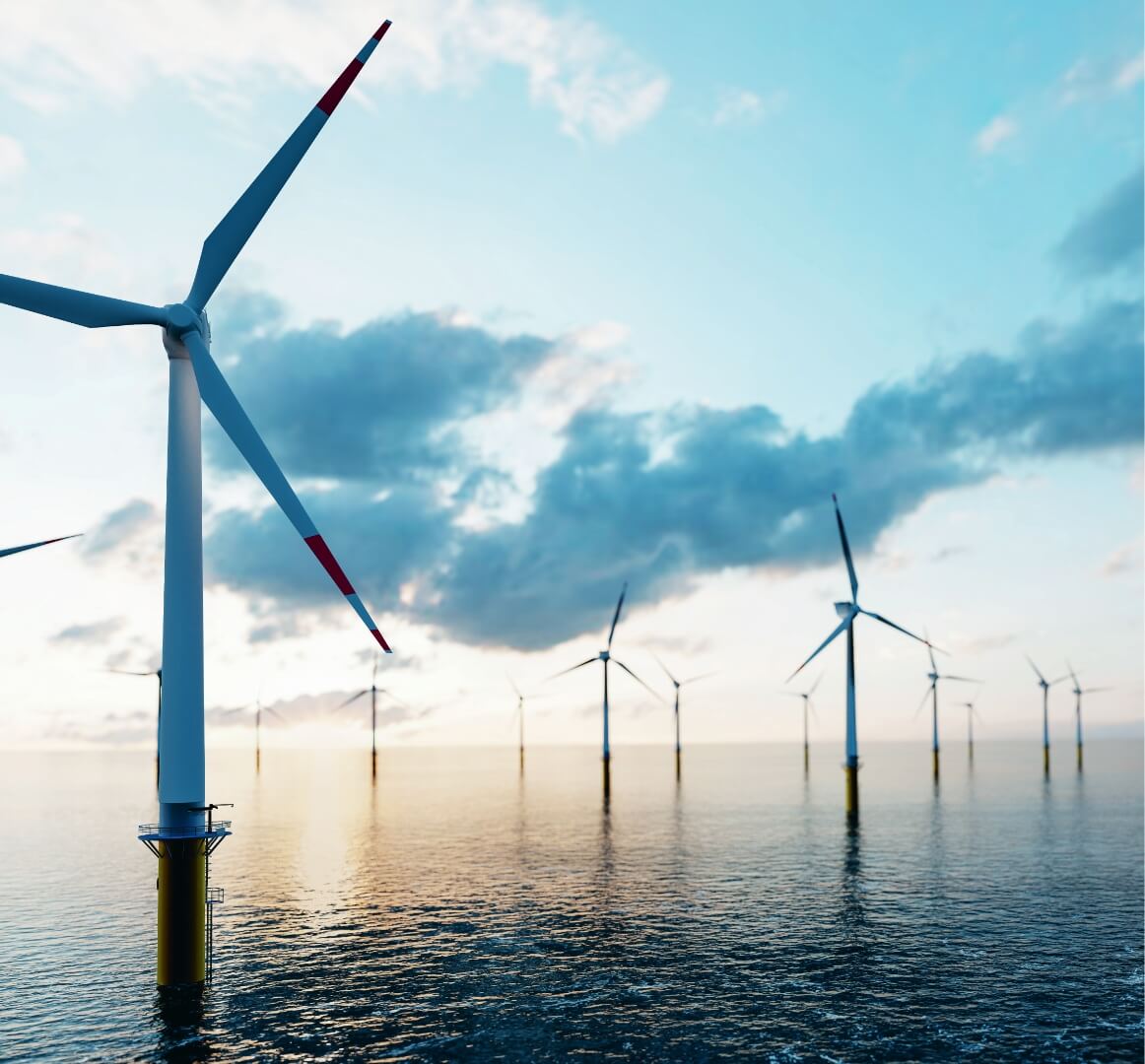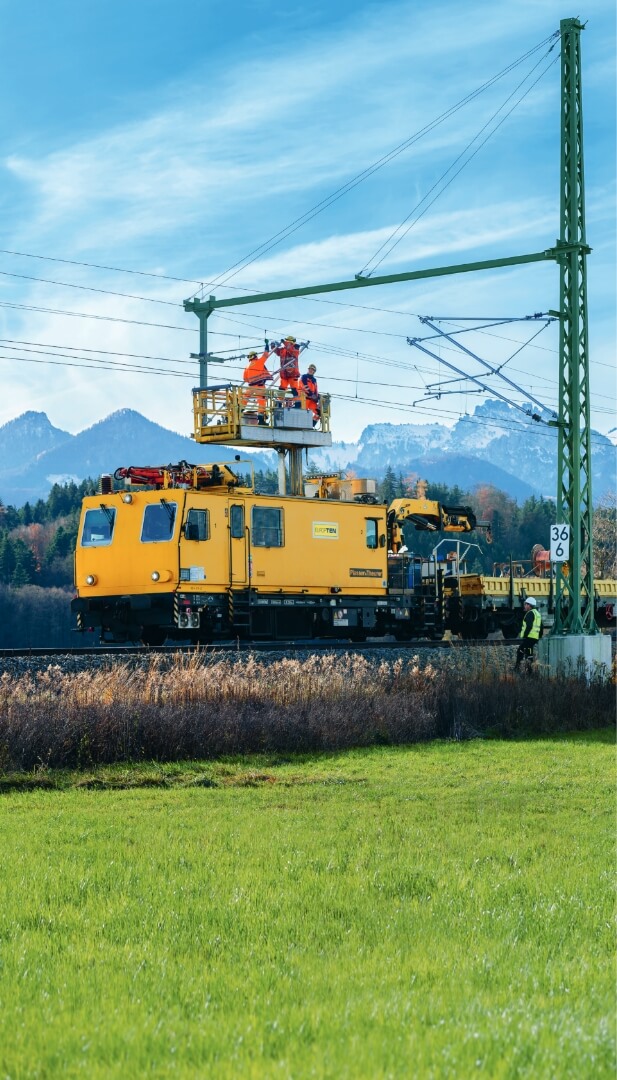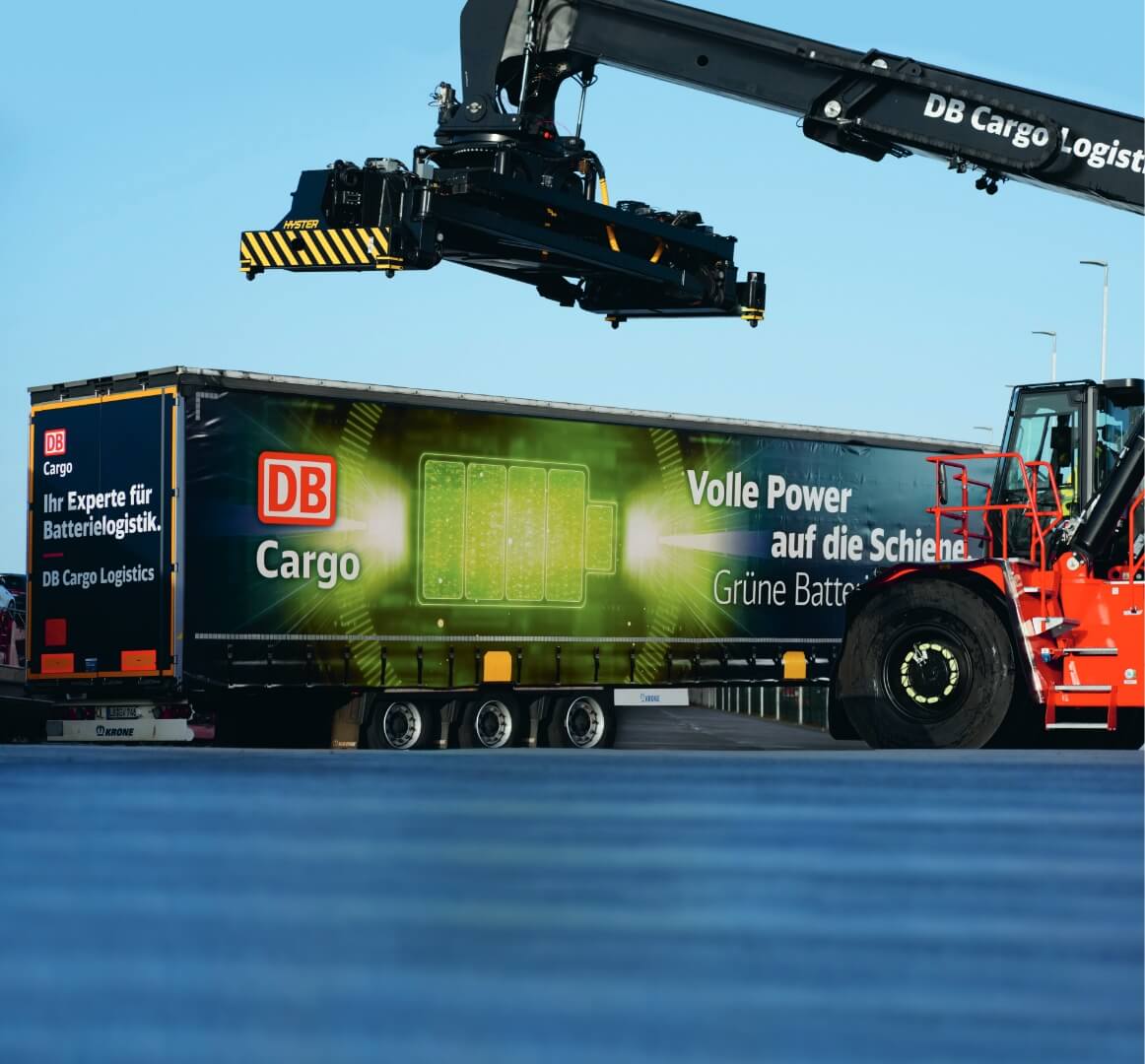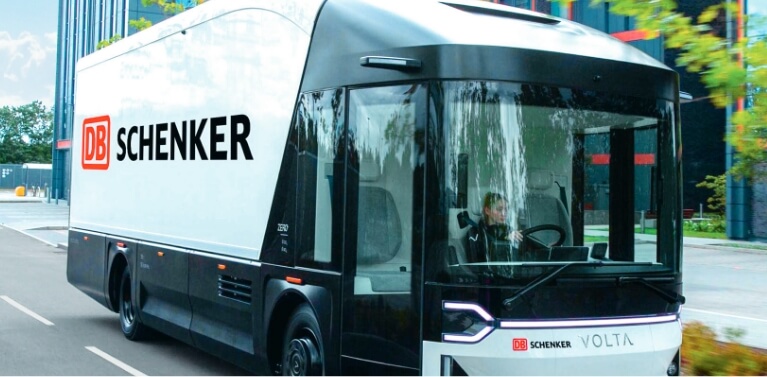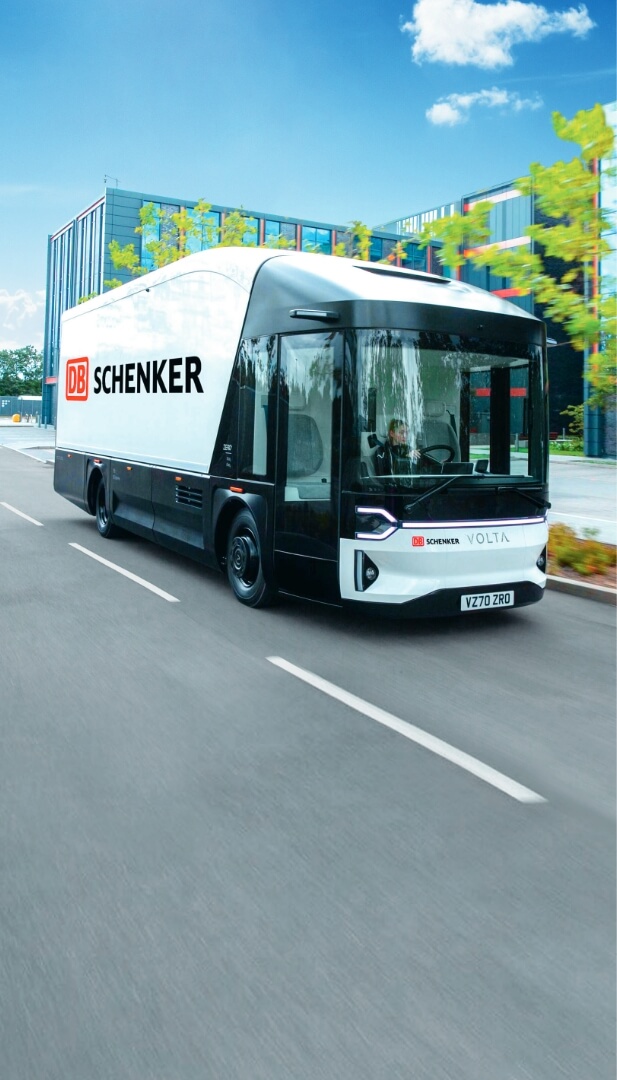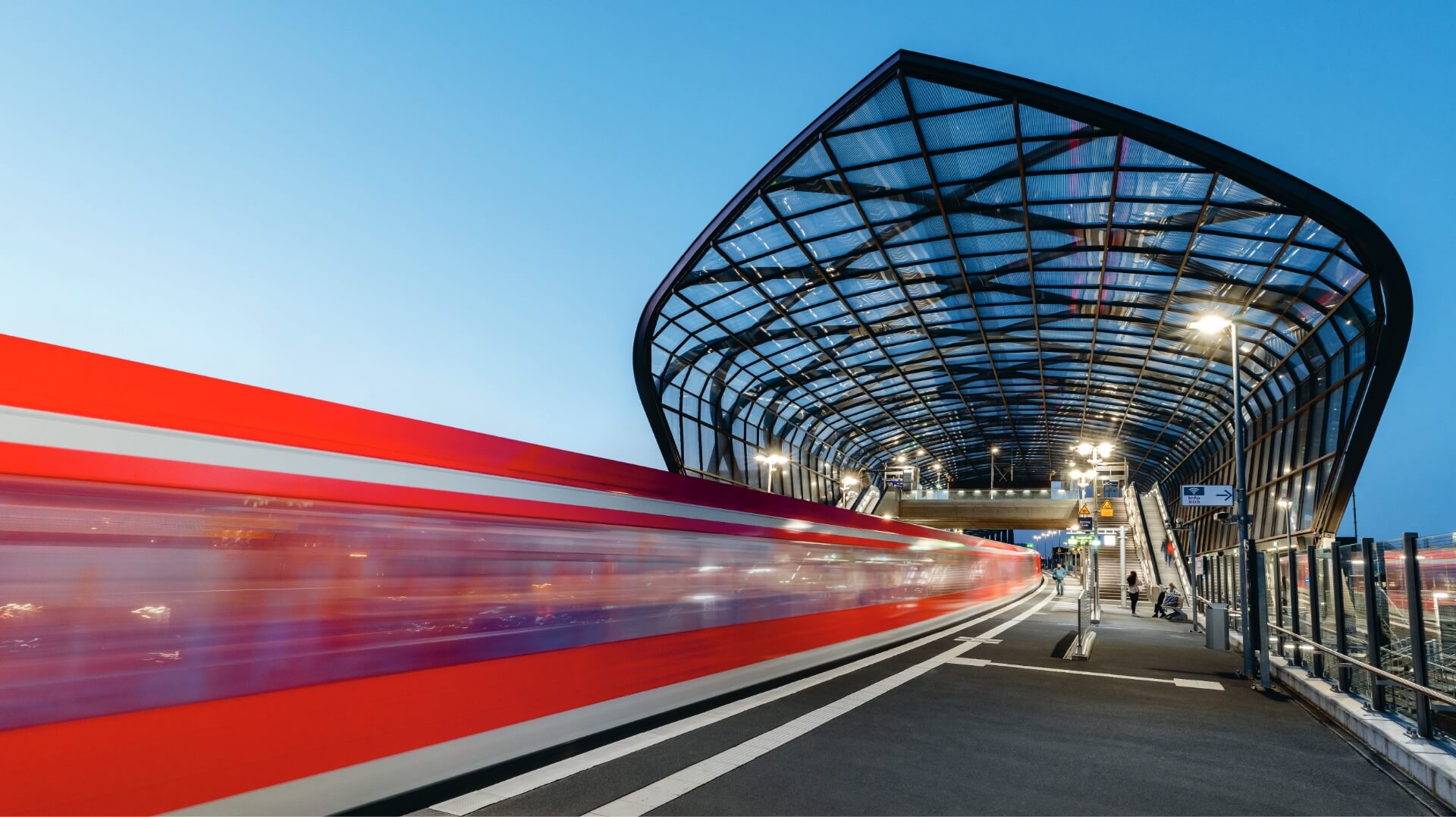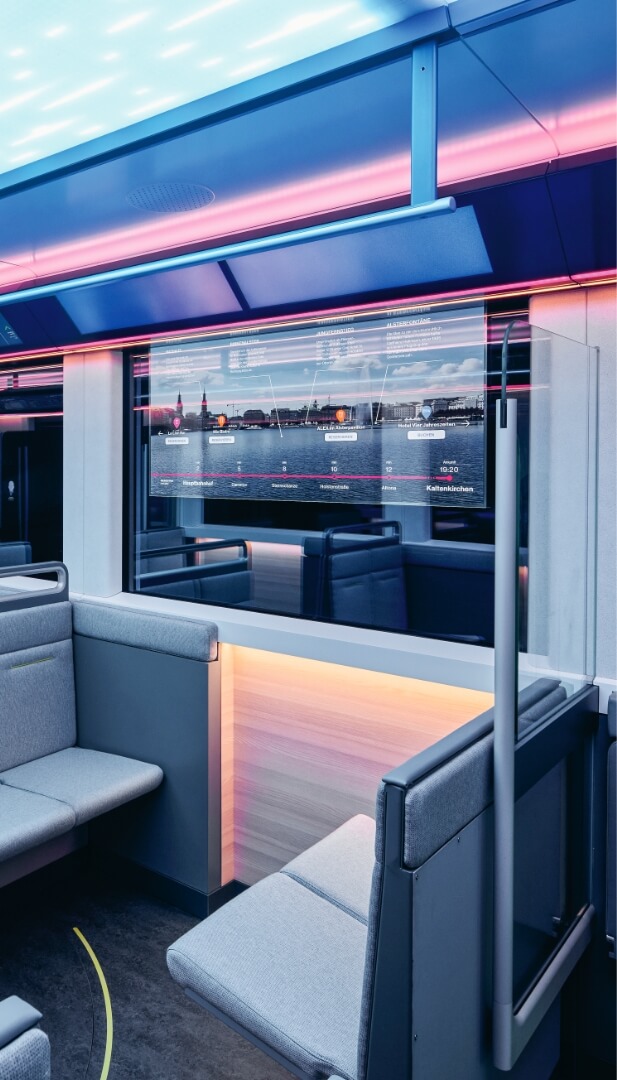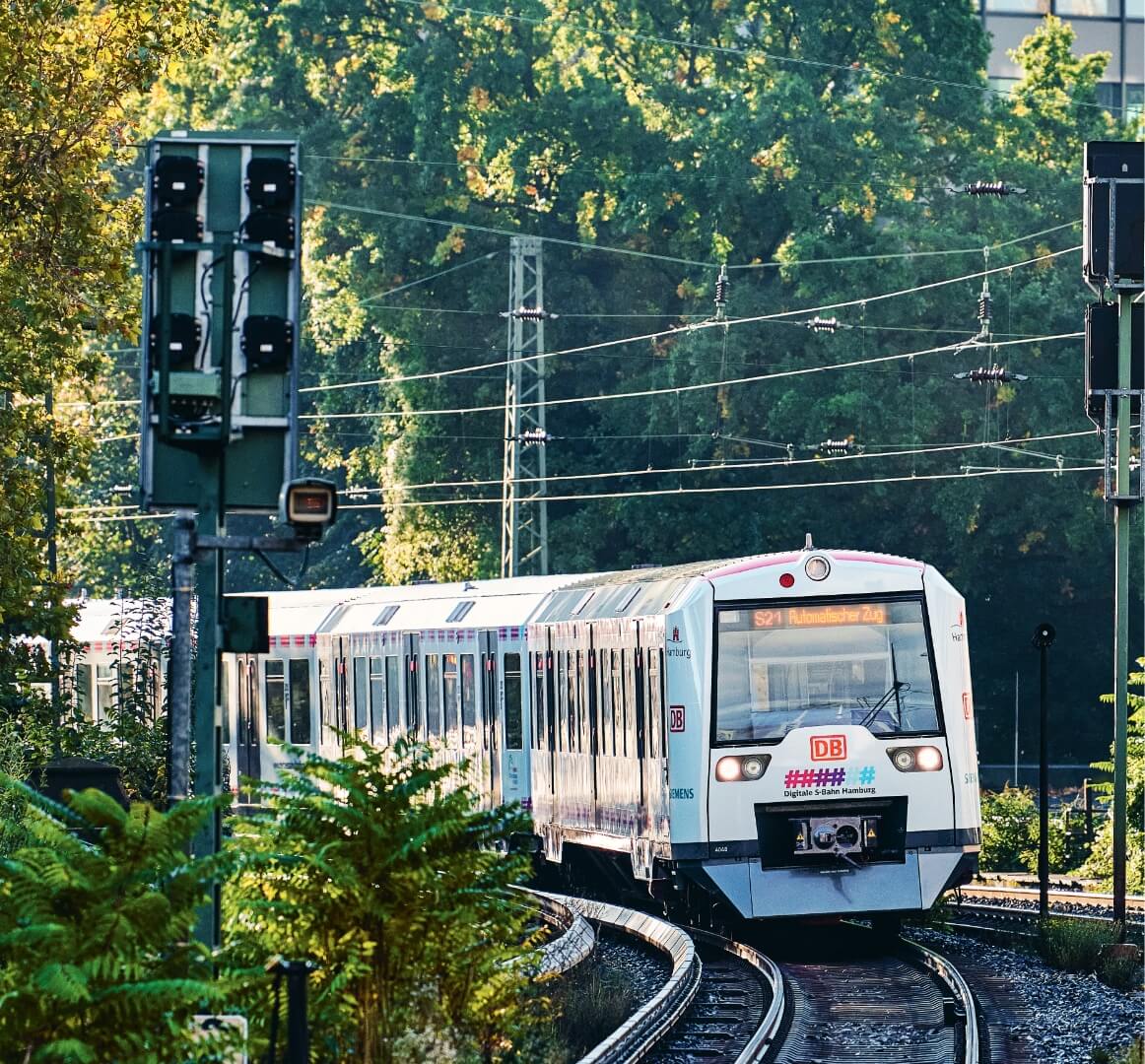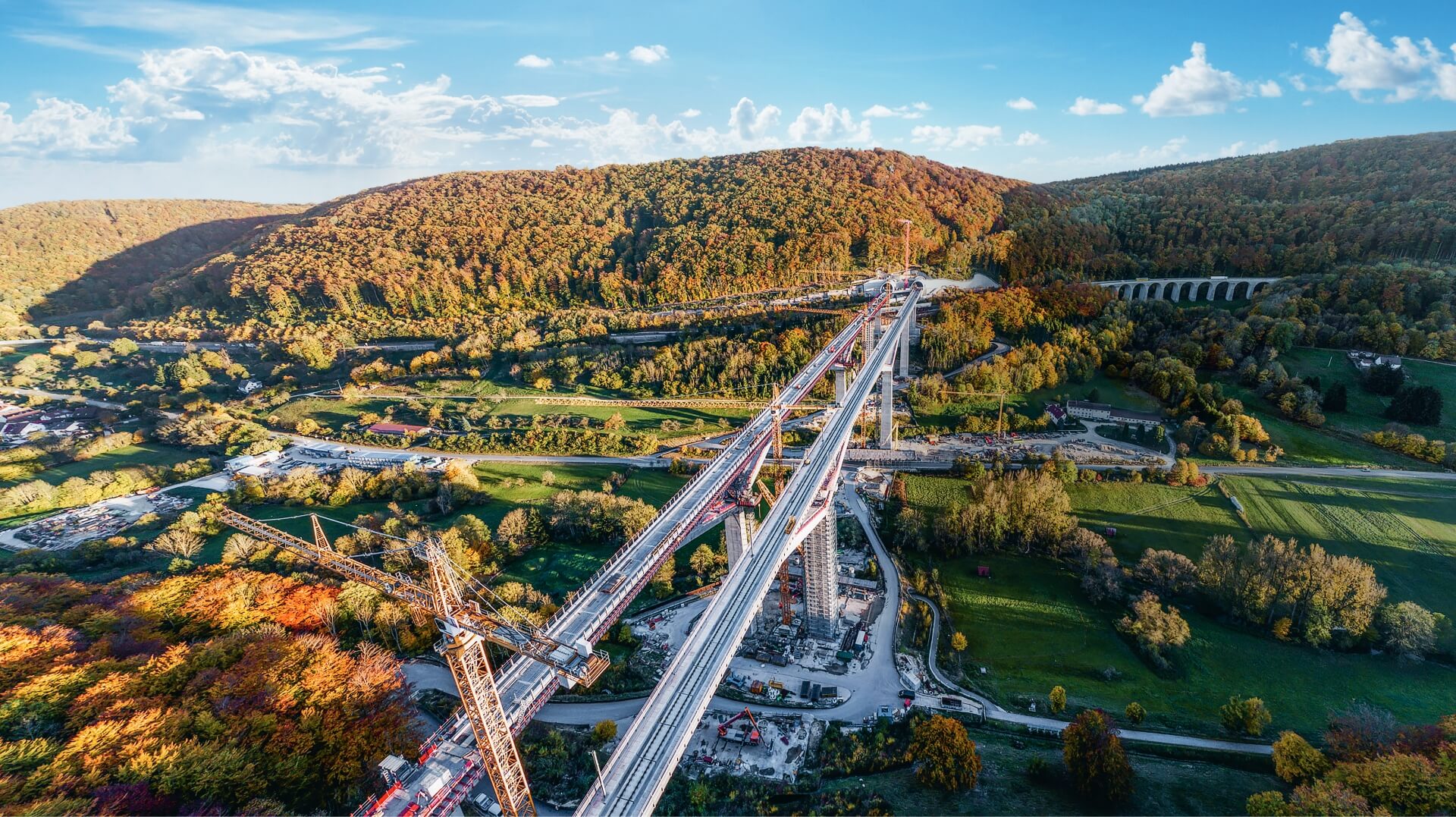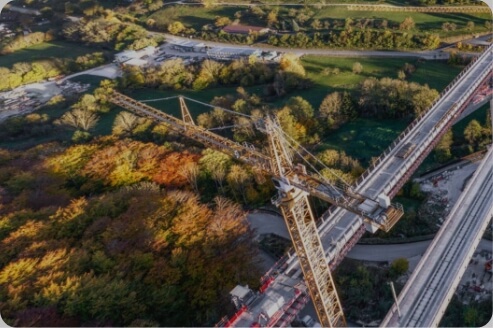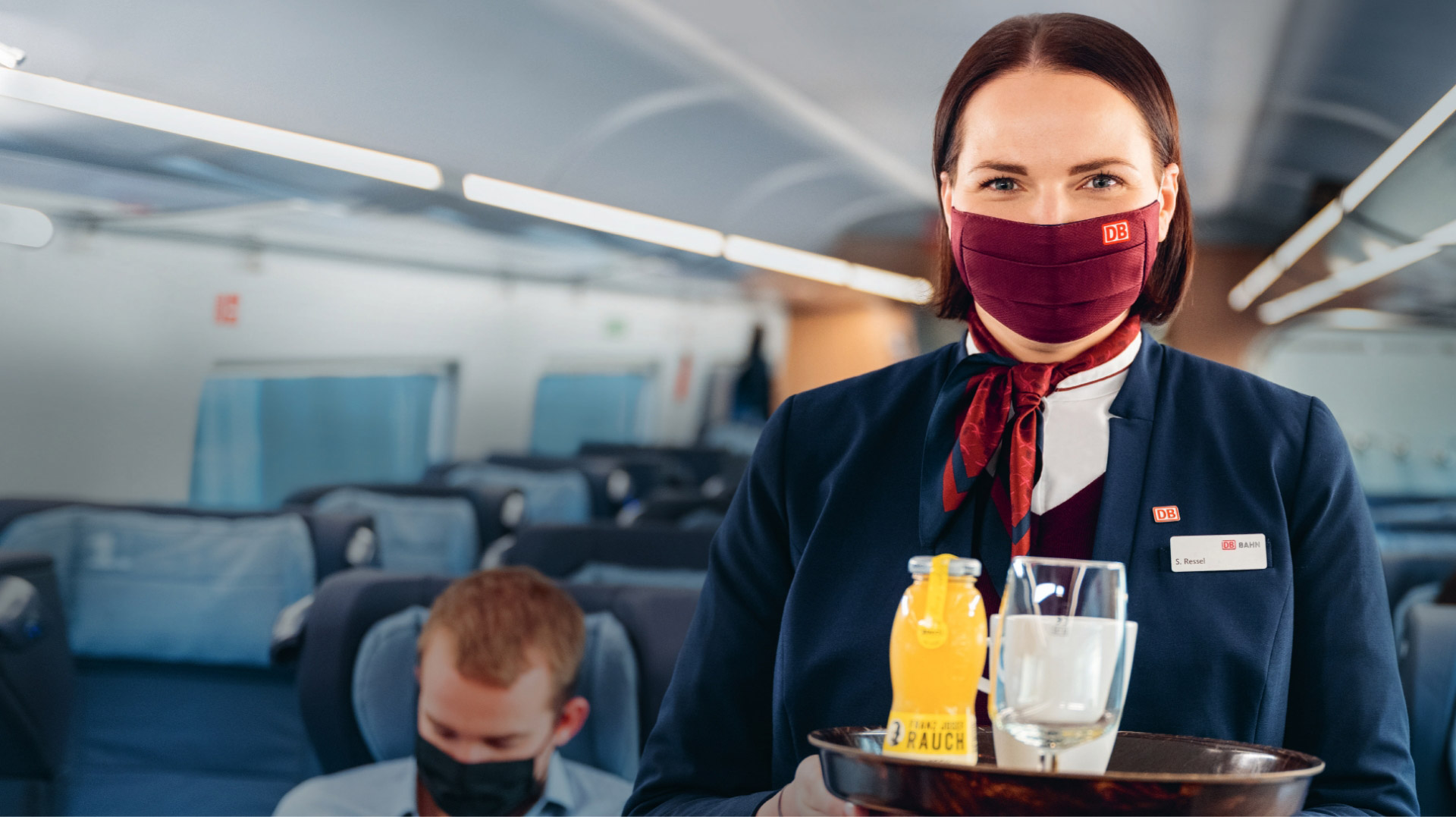Expansion of the ICE fleet
Our contribution toclimate
protection


The Federal Government’s climate protection targets
In order to meet the national and European climate protection targets, the Federal Government and the German Parliament passed a comprehensive climate protection package in 2021. It has set legally binding climate protection targets and annually decreasing emissions levels for the energy, industry, buildings, transport, agriculture and waste management sectors.
Binding measures
Fulfilment of national and European climate protection targets
CO2 reduction targets for all economic and socially relevant areas
Annual performance review and the obligation to perform comprehensive post-control
Implementation of a completely climate-neutral Federal Administration by 2030
Federal Government CO2 reduction targets
In 2019, the Federal Government designated the decarbonization of industry, green hydrogen, energy-efficient building renovation, sustainable forestry and agriculture, and climate-friendly mobility as funding targets with its Climate Action Program 2030 and a supplementary immediate action program. The new Federal Government has confirmed the targets and announced an immediate action program for 2022 to step up its climate protection efforts. The goal is to achieve climate neutrality for Germany by 2045.
2019 (before Covid-19)
- –35% (2020: –41%)
greenhouse gas emissions compared to 1990 - 0% (2020: –11%)
greenhouse gas emissions in the transport sector compared to 1990
German and European climate protection targets can only be achieved by a shift in the mode of transport towards rail. Achieving this ambitious target requires a joint effort from us, the entire industry and politicians. By implementing our Strong Rail strategy, we are realizing central transport and climate policy projects of the Federal Government in order to meet our social responsibility and responsibility towards future generations.
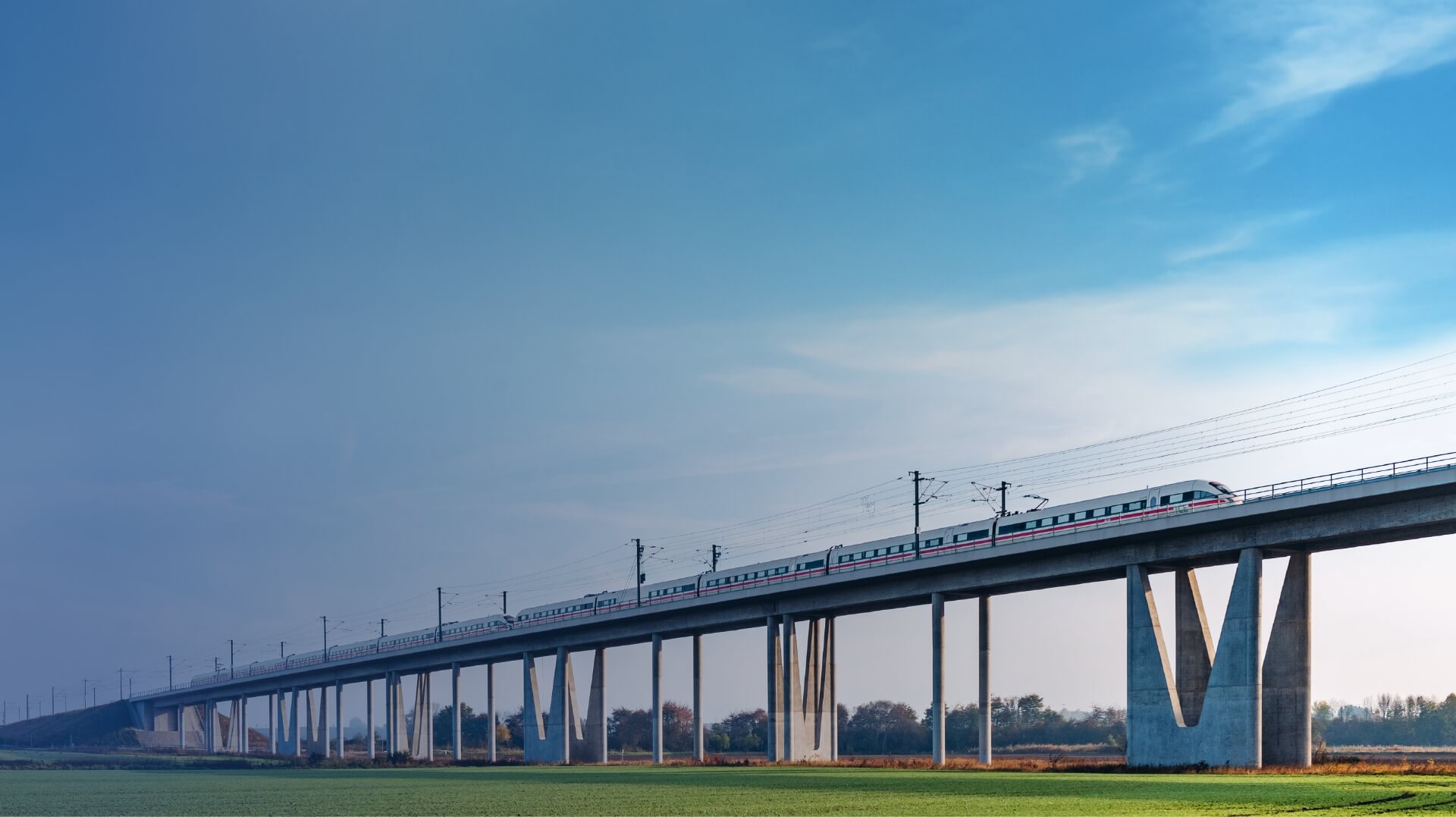
This may also interest you
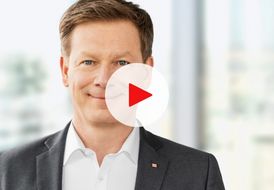
Video statement of the CEO and Chairman of the Management Board
At Deutsche Bahn, we stand for a peaceful, free and democratic Europe. We bring people together and take goods to their destination. learn more
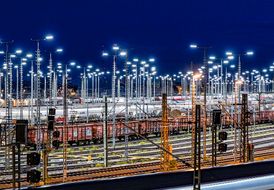
Deutsche Bahn Universe
DB Group is a leading provider in mobility and logistic sector. Primarily, DB Group consists of the Integrated Rail System and the two major international subsidiaries DB Schenker an DB Arriva. learn more
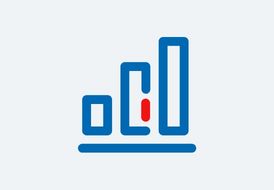
Interactive key figure comparison
The interactive key figure comparision offers you a selection of the most important key figures in the economic, social and environmental area. learn more

Our contribution to climate protection
Germany's and Europe's climate protection targets can only be achieved if there is a shift in mobility towards a strong rail. learn more





